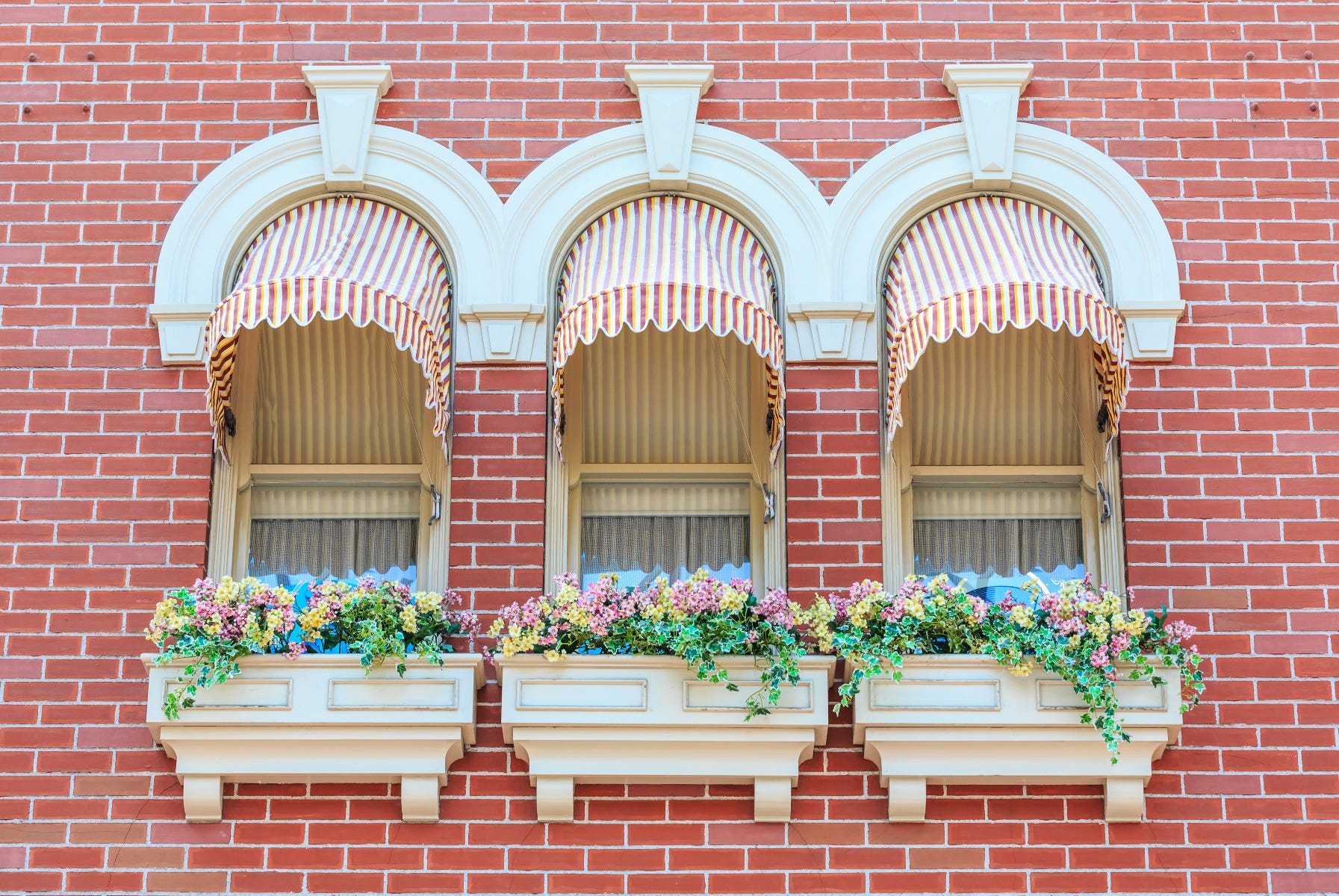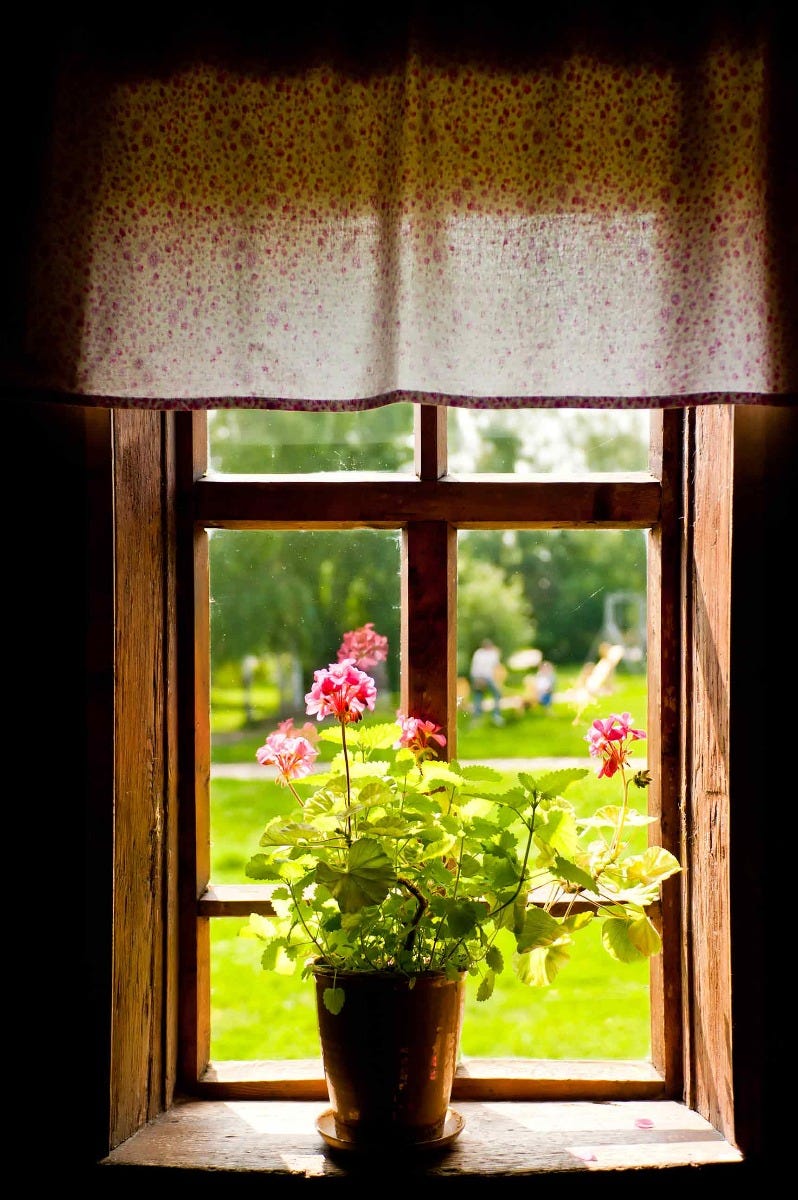One of America’s favorite pastimes is enjoying the sight of colorful wild birds flitting from feeder to feeder and zipping across any open space. For some, it becomes a morning ritual to sit by the breakfast table and enjoy a bird oasis on the other side of their windows. But for birds, those windows can be a source of danger.
On average, approximately 300 million to 1 billion birds die each year from collisions with glass on buildings. Most of these collisions happen around large glass-covered office buildings, but they can also happen at homes too.
What causes these collisions? The primary issue is that wild birds are unable to recognize that glass is a physical barrier. Birds often mistake the outdoor scene reflected on the window for a safe route to travel. When they are startled, they may attempt to flee to the apparent safety presented by a window reflection.
So, what can you do to help reduce the likelihood of window strikes at your home? These five tips for window strike prevention will help you keep your feathered friends safe during their visits to your yard.
 1. Cover Windows to Minimize Appearance
1. Cover Windows to Minimize Appearance
When possible, use curtains, screens, awnings, or other types of window coverings to reduce the reflections in a window. This will be especially helpful during the late afternoon and evening hours when sunlight provides the harshest shine and birds are making one last trip to their favorite feeders before nightfall.
2. Move Your Bird Feeders Closer
If you’re worried about window strikes, we recommend you take steps to move your favorite bird feeders closer to windows. By selecting a window feeder or changing the feeder location so it’s nearer to a window, you will be taking the first step in window strike prevention. By moving feeders closer, it means a startled bird won’t be flying into a window at full speed, which limits the severity of the collision.
3. Find a New Home for Houseplants
Another step to take for window strike prevention is relocating houseplants away from windows. Houseplants on your windowsills may appear as a safe place for birds to hide when predators are near. They don't realize there is a pane of glass between them and your plants. We know that sunlight is necessary for the livelihood of houseplants, so you could opt to move them to a window away from your feeders. The best option, though, is to select indoor plants that don’t require full sunlight.
4. Distort the Reflections
Suspend branches, use bird screens, silhouette stickers, or even plastic wrap to lessen the reflections birds see in windows. The leading cause of window strikes is because of a reflected scene in the window. Birds assume that the reflection of a backyard habitat is a good source of cover when attempting to flee from predators. By breaking up the reflection seen from the outside of the window, you can help to keep wild birds safe.
Birding Basics: If you’re having problems attaching plastic wrap to windows, spray a light coating of vegetable oil spray before adherence.
 5. Minimize Nighttime Illumination
5. Minimize Nighttime Illumination
Many wild bird species migrate during the nighttime hours to take advantage of traveling in a sky that isn’t populated with predators. With that being said, birds often mistake the warm glow of interior lighting as an attractive flight path. Reduce the distraction for your feathered friends by closing the blinds and minimizing nighttime illumination as much as possible.
Bonus: Sometimes Birds Attack Windows
Not all window strikes are accidental — some birds will attack windows! The Northern Cardinal is one of the primary culprits. Cardinals are notoriously territorial, and when they see their reflection in a window, they mistake it for another cardinal muscling in on its space. After a brief stare down, the real cardinal will try to attack its reflection. While these sorts of window strikes aren’t as deadly as a high-speed one, cardinals are persistent and can continue this battle for hours. The result is a very tired bird that’s left vulnerable to predators.
Want to see a “fight with a window” for yourself? Check out this video showing a pair of Northern Cardinals in a battle against their mirror-selves:
A few other birds will also attack their reflections, including several species of woodpeckers. To limit these behaviors, try all the same tactics we listed above. Now that we’ve shared a few tips on window strike prevention, we’d love to hear what ideas you have. How are you making strides to help keep your backyard birds safe?









